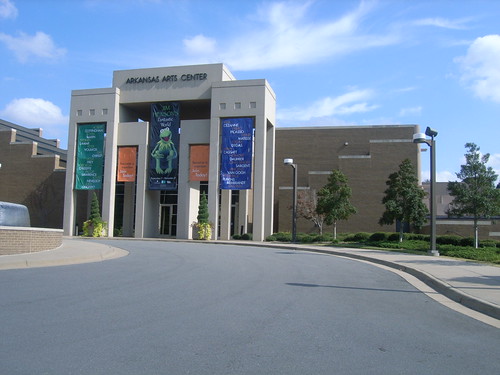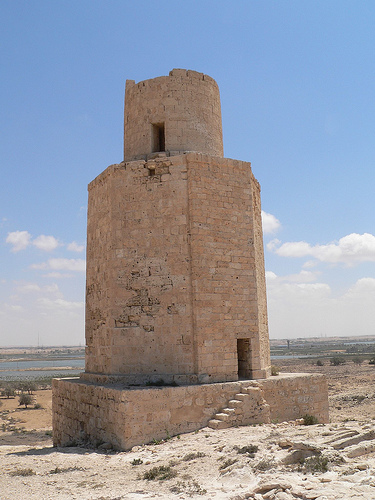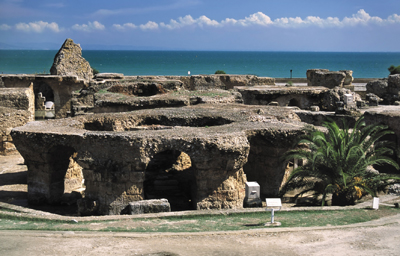As I write this piece, we are only hours away from the opening of King Tut and the Golden Age of the Pharaohs, at the Art Gallery of Ontario, in Toronto Canada. I was at the media preview on Friday and wrote an in-depth article on what to expect. For me the Toronto show was the first time in my life that I saw Tuts treasures in person. Its a very remarkable experience to see them withmyown eyes andonethat Im never going to forget. I thought I would take the opportunity to point out a few of Tutankhamun’s treasures which,…
-
-
Seti I’s reign over Egypt is thought to have lasted between 13 to 20 years, and during this time he opened the kingdom up to trade with foreign nations and committed to the development of construction projects. This led to stability which united the country after the fragile rule of the previous Amarna kings. The sheer number and scale of building projects thatSeti I oversaw during his reign would go on to be one of the greatest artistic periods in Egyptian history. One of Seti I’s major accomplishment of the era was the completion of the Great Temple of Abydos,…
-
Tut has returned to Toronto. After 30 years the boy king’s treasures are back in the Canadian city, with a new show set to open this Tuesday, at the Art Gallery of Ontario. It’s the first time the king’s been in town since 1979. In that year Egyptomania was at its height, and Steve Martin was doing his King Tut dance and all. Before the media preview began today, the organizers tried to re-create a little bit of that 1970’s magic. A pair of dancers from the group ‘For the Funk of it’ performed a tutting dance routine in front…
-
A gallery talk by Denise Leidy, curator of Asian Art, titled Afghanistan: Hidden Treasures from the National Museum, Kabul. Ancient Afghanistan was home to one of the most complex civilizations of Asia, where multiple artistic influences intermingled. The exhibition will celebrate this rich heritage and commemorate the heroic rescue of the most precious of Afghanistan’s archaeological treasures, thought to have been destroyed. Event Details Event Dates: Thursday 3 September 2009 – ended Event Start Time: 11am Event Status: past Event Venue: Metropolitan Museum of Art Admission Fee Free with standard museum admission.
-
Attribution: GabeD Aswan Egypt Key Dates Work is believed to have begun on the Unfinished Obelisk around 1492 BC. Key People No one can be certain who commissioned the Unfinished Obelisk, but it’s widely believed it was built to mark the 16th anniversary of Queen Hatshepsut coming to the throne. Thutmose III is another possibility. Hatshepsut Thutmose III The Unfinished Obelisk is an enormous chunk of carved granite that lies in situ – still attached to the bedrock – at a quarry near Aswan, in Southern Egypt. It was commissioned as a spectacular monument by an Egyptian ruler in the…
-
With King Tut’s road trip hitting no fewer than three North American cities in 2009/10, you’d think the continent was getting its fill of Egyptian treasures. Not so Arkansas’ capital city Little Rock, whose Arkansas Arts Center currently plays host to ‘World of the Pharaohs: Treasures of Egypt Revealed‘, a celebration of all things Egyptian. Beginning September 25 and running until July 5 next year, the show combines ancient artefacts with a packed events calendar, comprising lectures, films and much more. The 200 treasures on show include a spectacularly wide range of items, including a risque bead dress, funerary stelae…
-
Attribution: Troels Myrup Abousir Egypt Key Dates The town was inhabited during the Predynastic era. Napoleon’s scholars recorded the town’s monuments in 1801. Key People Cleopatra, the famous queen of Egypt whose tomb is rumoured to be housed in Taposiris. Ptolemy II, who built a prominent tower at the site. Cleopatra Ptolemy II Philadelphus The ancient town and temple of Taposiris Magna is located on the banks of Lake Mariut, just west of Alexandria. In modern times the town was swallowed up by the metropolitan area of the city, and is now officially within the Alexandrian suburb of Abousir. In…
-
The UNESCO World Heritage List is possibly the best known list, of anything, anywhere on Earth. One of UNESCO’s core projects, it is intended to identify and safeguard the world’s natural and cultural treasures. Listing by UNESCO is the ambition of many sites, large and small, around the world because it not only brings prestige and tourist dollars, but it also brings with it the clout of UNESCO and and expertise in the preservation and conservation of sites. Jethro Lennox is the publishing manager responsible for UNESCO‘s new The World’s Heritage: A Complete Guide to the Most Extraordinary Places, which features every UNESCO World Heritage…
-
Thirty years in the making, the 130 million euro New Acropolis Museum is a stunning, if controversial, addition to Athen’s famous architectural landscape and at the same time a provocative statement of intent by the Greek people. In a fascinating talk in Dublin last night, Professor Dimitrios Pandermalis, President of the new museum took an enthralled audience on a tour of the history, architecture and intentions of the spectacular building. The talk, entitled ‘Collections Present and Absent at the New Acropolis Museum, Athens‘ was hosted by the National Museum of Ireland, organised by the Irish Museums Association and was attended…
-
Thirty years in the making, the 130 million euro New Acropolis Museum is a stunning, if controversial, addition to Athen’s famous architectural landscape and at the same time a provocative statement of intent by the Greek people. In a fascinating talk in Dublin last night, Professor Dimitrios Pandermalis, President of the new museum took an enthralled audience on a tour of the history, architecture and intentions of the spectacular building.






